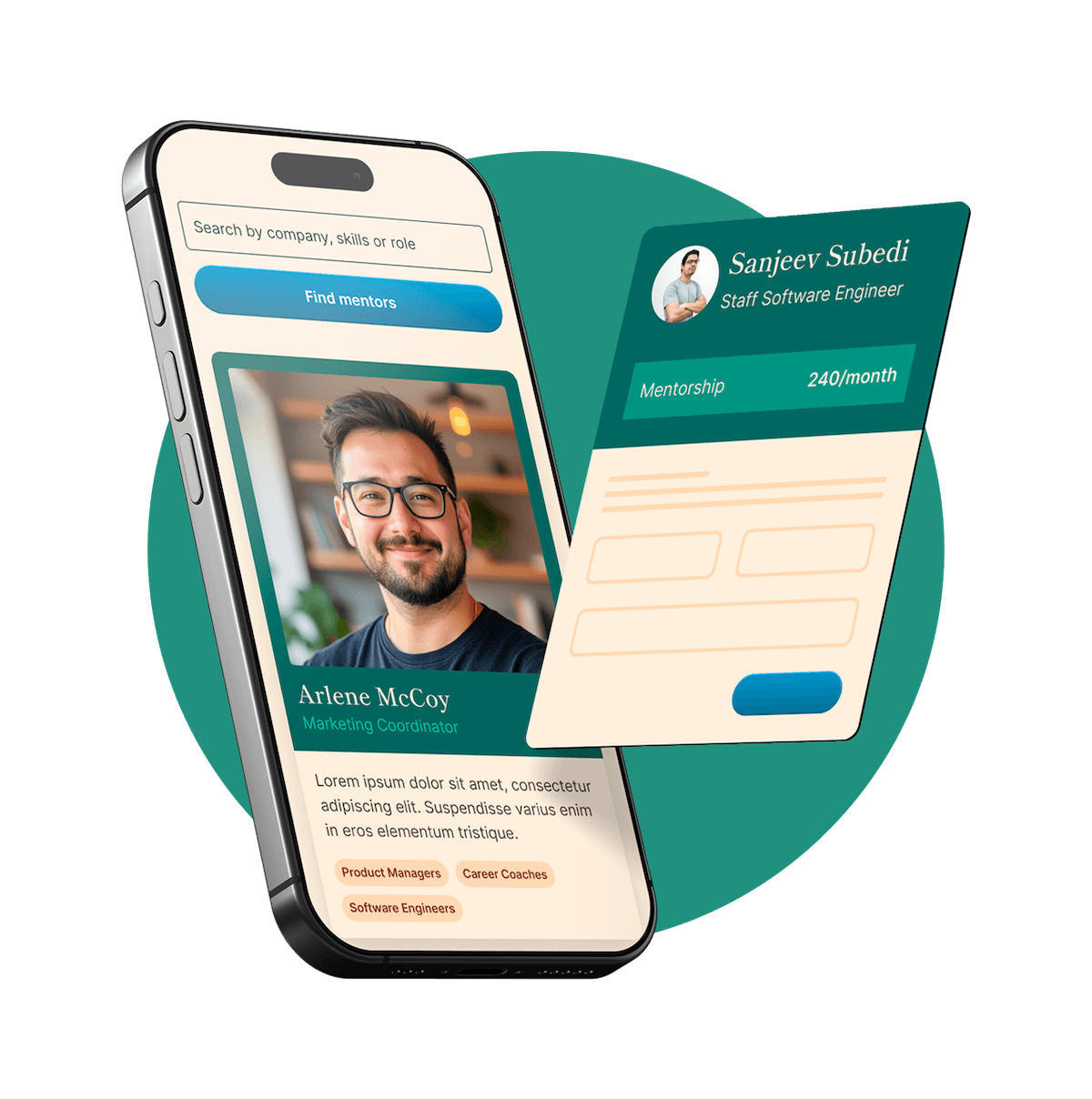Teleport wasn’t born in a garage — it was prototyped in a dorm room. The core idea was simple but bold: allow anyone to transform their appearance in photos with just one tap, using fast, high-quality, real-time filters powered by on-device AI.
The app let users change hair color, skin tone, eye color, and even facial structure — all without sending images to the cloud. This gave us a significant speed advantage and ensured user privacy.
At the time, existing apps in the space either relied on slow server-side processing or delivered cartoonish effects. Teleport stood out for its blend of realism and responsiveness, and the fact that it worked seamlessly on mid-tier smartphones.
What we really aimed to do was create a magic mirror — something that responded immediately to the user's face with beauty-grade filters that felt futuristic but accessible.
We saw early use cases in makeup try-ons, digital self-expression, and even playful experimentation with identity — and we leaned into those insights when shaping our product vision.
Teleport quietly launched on Android and iOS. In just weeks, it hit the top charts in multiple countries. We had over 500,000 downloads in under a month. Influencers started using it to play with looks, and we saw a wave of organic content flood social media.
We didn’t raise funding immediately. Instead, we focused on retention metrics and getting the filter tech even faster. We collaborated with photographers, designers, and digital artists to make effects more culturally relevant — and it paid off in usage and love.
What got Snapchat’s attention wasn’t the filters themselves, but the underlying tech. Our on-device real-time transformation engine outperformed what many larger teams were doing with server-side processing.
A Snap engineer contacted us through LinkedIn. That one message led to weeks of informal calls, product demos, and technical deep-dives. They appreciated the precision, the creativity, and how lean the core engine was.
After the initial informal calls and demos, Snap invited us to continue deeper discussions under NDA. They asked detailed technical questions, performed code reviews, and requested performance benchmarks in various edge cases. We involved our lead developers in technical discussions and prepared tailored decks to highlight our edge over other solutions on the market.
From the product side, I coordinated use-case demos showing how our tech could integrate directly into Snap’s AR pipeline. On the business side, we aligned on IP terms, transition timelines, and what would happen to our team post-acquisition.
It was a rigorous process. We had to prove not only that our solution worked, but that it would continue to evolve in their ecosystem. The negotiation took around 6 weeks from first formal call to a signed term sheet.
Unlike Hollywood-style exits, ours was a very grounded, tactical deal. Snapchat was looking to strengthen its lens tech and viewed Teleport as both talent and IP acquisition.
The final deal included:
I personally helped transition the engine into Snap’s Lens Studio pipeline, working directly with their AR andcamera platform teams.
Some of our team joined Snap full-time. Others, including myself, transitioned into advisory roles and then moved on to new ventures.
We stayed in touch with the Snap team, and seeing elements of our tech appear in public features like new lenses was both humbling and fulfilling.
From a personal standpoint, the acquisition gave me the freedom to reinvest in the startup ecosystem, become a mentor, and support other early-stage founder.
One of the key concerns during the acquisition was making sure the team behind Teleport didn’t burn out or lose motivation. We negotiated a structured handover phase where team members could gradually onboard into Snap's processes and culture.
Technical documentation, re-architecting parts of the codebase for compatibility with Snap's infrastructure, and supporting the integration into Lens Studio became a full-time effort for a few months.
This phase also revealed gaps in how we had scaled some of our systems, and it was eye-opening to see how much Snap's internal tooling helped automate what we used to do manually.
I was the product lead, ops coordinator, unofficial QA tester, and the bridge to the Snap team during due diligence. But most importantly, I was the storyteller.
I needed to:
If you're building a product that feels small but sharp — don’t underestimate its potential. Snapchat didn’t acquire us because we were huge. They did it because we had something they couldn’t build in-house, and we proved it with execution and speed.
For every founder dreaming of an exit, remember that what really matters is the journey that gets you there. It’s the code you write, the users you obsess over, the team you protect, and the decisions you make when no one is watching. It’s not about building a “startup that sells” — it’s about building something that works so well, someone out there simply has to buy it.
Teleport was born from curiosity, validated by users, and refined through relentless iteration. And in the end, it wasn't hype or pitch decks that got us acquired — it was execution, focus, and a little bit of timing.
If you’re somewhere along that path — keep going. You never know who might be watching.
Find out if MentorCruise is a good fit for you – fast, free, and no pressure.
Tell us about your goals
See how mentorship compares to other options
Preview your first month
